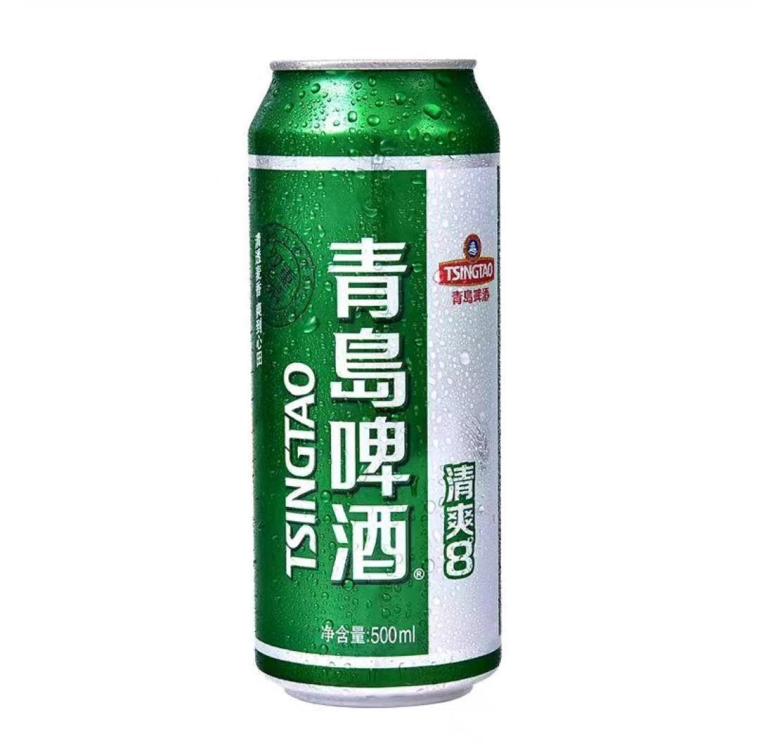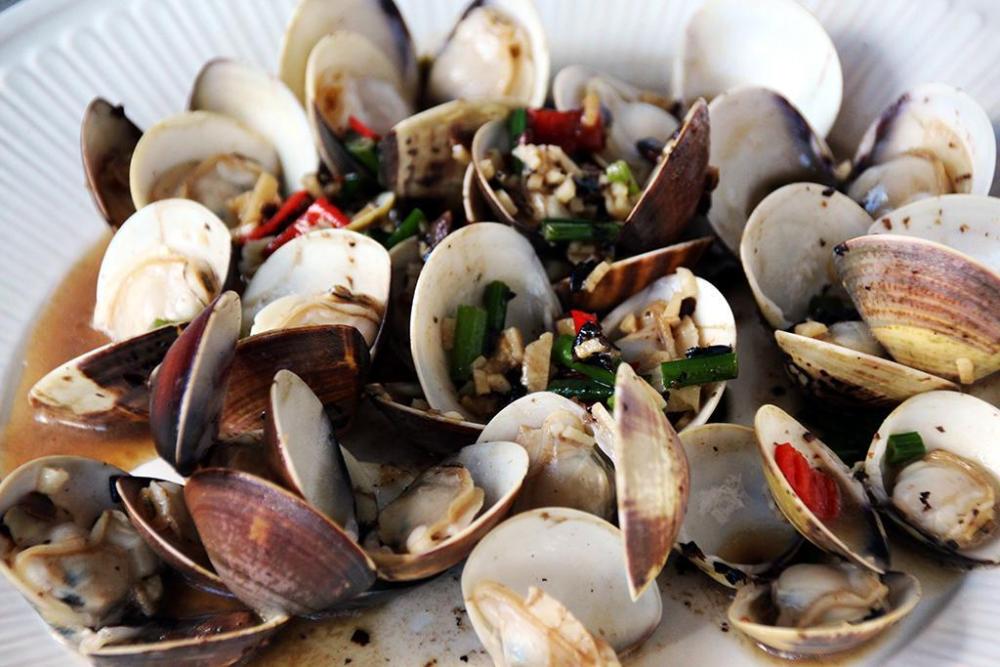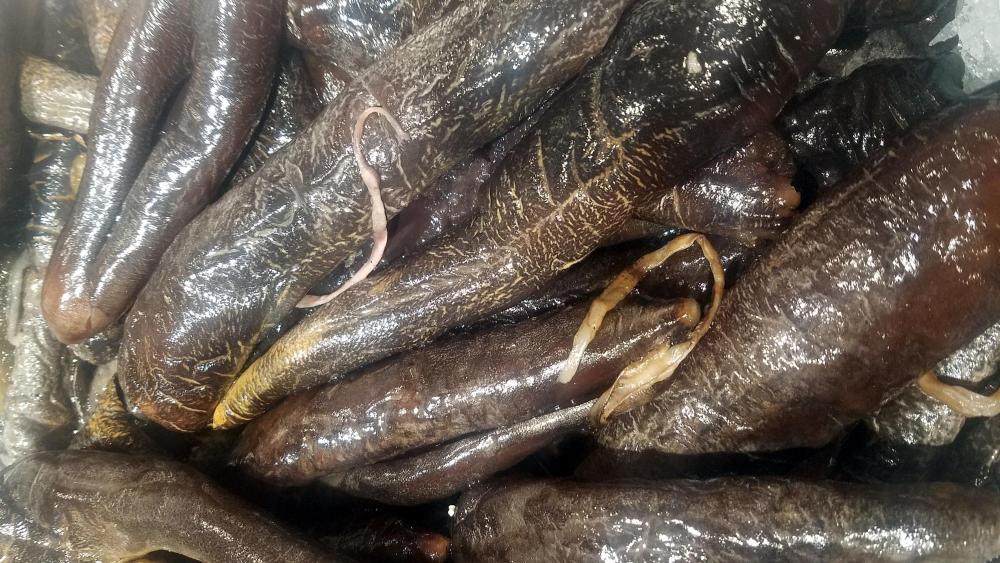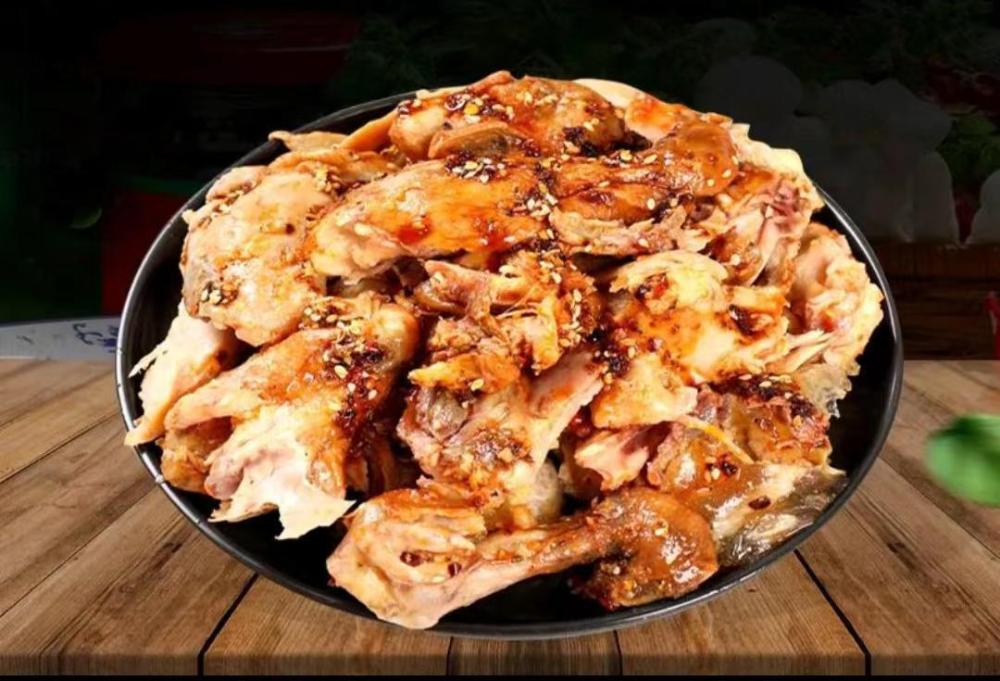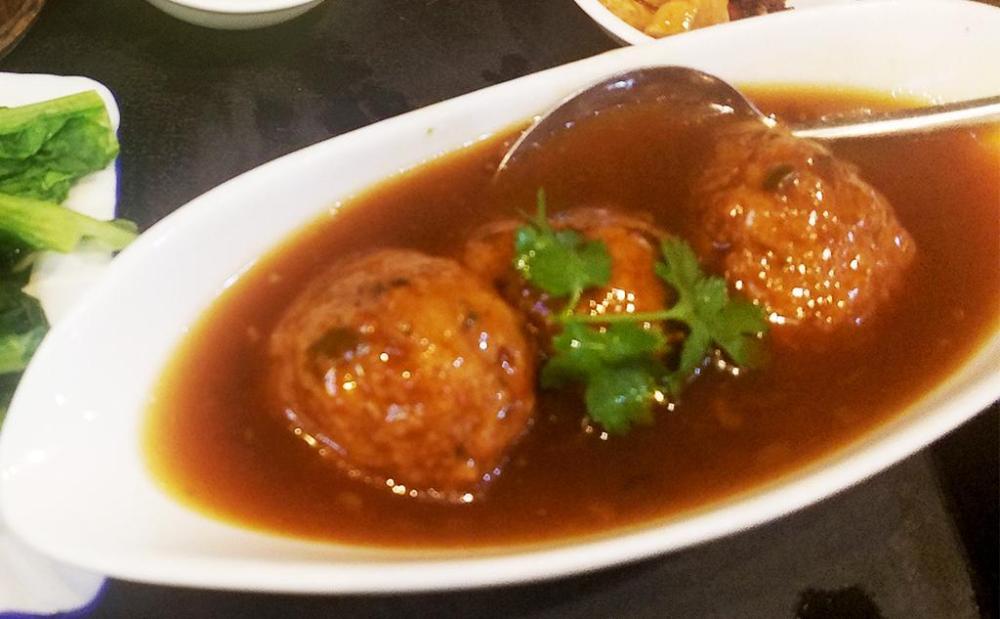鲁菜 (lǔ cài) – Shandong (山东) Cuisine
I’ll start with what is regarded as Chinese oldest recognisable cuisine and one of the mythical eight, but first a linguistic diversion. You may be wondering why it’s called 鲁菜 (lǔ cài) and not 山东菜 (shān dōng cài). Well, most of the provinces have alternative names and this is one of those.
鲁 (lǔ) means stupid, dull, rash, rough, rude, but is also another name for Shandong Province as well as a family name. The province lies on the east coast, north of Shanghai and south of Beijing. There is no implication that the people are stupid. In fact, Shandong is the birthplace of China’s most important philosopher, 孔子 (kǒng zǐ), anglicised as Confucius.
Confucius
It also famous for its beer. Tsingtao is the old transliteration for what is now written in the Roman alphabet as Qingdao. This coastal Shandong city was occupied by Germany from 1898 to 1914 and still features a lot of German architecture. But more well-known is 青岛啤酒 (qīng dǎo pí jiǔ) or Tsingtao Beer. The brewery was founded in 1903 and produced its first brew the following year. In 1916, it was acquired by the Japanese company which owned Asahi beer. It changed hands a few more times during the first and second world wars, as Germany was booted out then the Japanese invaded and took over until 1945. In 1949, the Communists under Mao nationalized it.
Today it is China’s best known beer internationally and is available in over 100 countries with exports starting in 1954. This is why it was one of only handful of products allowed to retain the old transliteration in its name – they didn’t want to confuse and potentially lose the foreign market.
However the company make a better beer. I first tasted it on draught in Qingdao in 1997. Called Laoshan beer - 崂山啤酒 (láo shān pí jiǔ) after a famous ‘holy’ Taoist mountain just outside Qingdao city. When I had it, it was only available in Qingdao. The water used was said to come from the mountain. It is now available throughout China in cans and bottles. If you find yourself in Qingdao, I recommend a glass or four of the draught.

Then it will be dinner time!
Shandong is known for its judicious use of seasonings and spices. The main ‘spice’ is salt. This is for historic reasons and its being coastal with access to sea salt. It also uses soy sauce and vinegar but doesn’t have the robust flavours of some other cuisines like those of Sichuan or Hunan. They are fond of sweet-and sour dishes and do also use more onions than most provinces.
Its long shoreline and many rivers mean that both freshwater and seawater foods are a large part of the cuisine. On that same 1997 visit, I lived on Shandong’s clams 蛤蜊 (gé lí), famous throughout China. I now live hundreds of miles away but even here, most of our dried clams are sourced from Shandong.
The clams are sometimes breaded and fried, but my favourite was simply stir-fried with salt-fermented black soy beans.
Fried carp with sweet and sour sauce, 糖醋鲤鱼 (táng cù lǐ yú) is another favourite.
But Shandong is also famous as the prime source of one of the worst things I have ever eaten - Braised Sea Cucumber with Onion, 葱烧海参 (cōng shāo hǎi shēn). For those who are lucky enough not to have met them, sea cucumbers are echinoderms as are starfish and sea urchins. They look like turds and are like eating play-doh.
Turds
Non aquatic favourites are 德州扒鸡 (dézhōu pá jī) Dezhou Grilled Chicken which are lightly breaded and fried.
Dezhou Chicken
Shandong makes great use of the 爆 (bào) technique of cooking which is food cooked in boiling oil. This means the exterior crisps up rapidly while the interior remains moist.
Another breaks Chinese tradition: 四 (sì) means ‘four’ which is China’s most unlucky number as it is a near homophone of 死 (sǐ) meaning ‘to die’. Yet, the Shandong population happily eat 四喜丸子 (sì xǐ wán zi), Four Happy Meatballs. These are similar to the Lion’s head meatballs available elsewhere in China.
Three Happy Meatballs - I'm superstitious!
There are, of course, many other dishes, but I hope I have given a hint of the general style of the food and its flavours. Salt, vinegar, sugar, onions, seafood.


